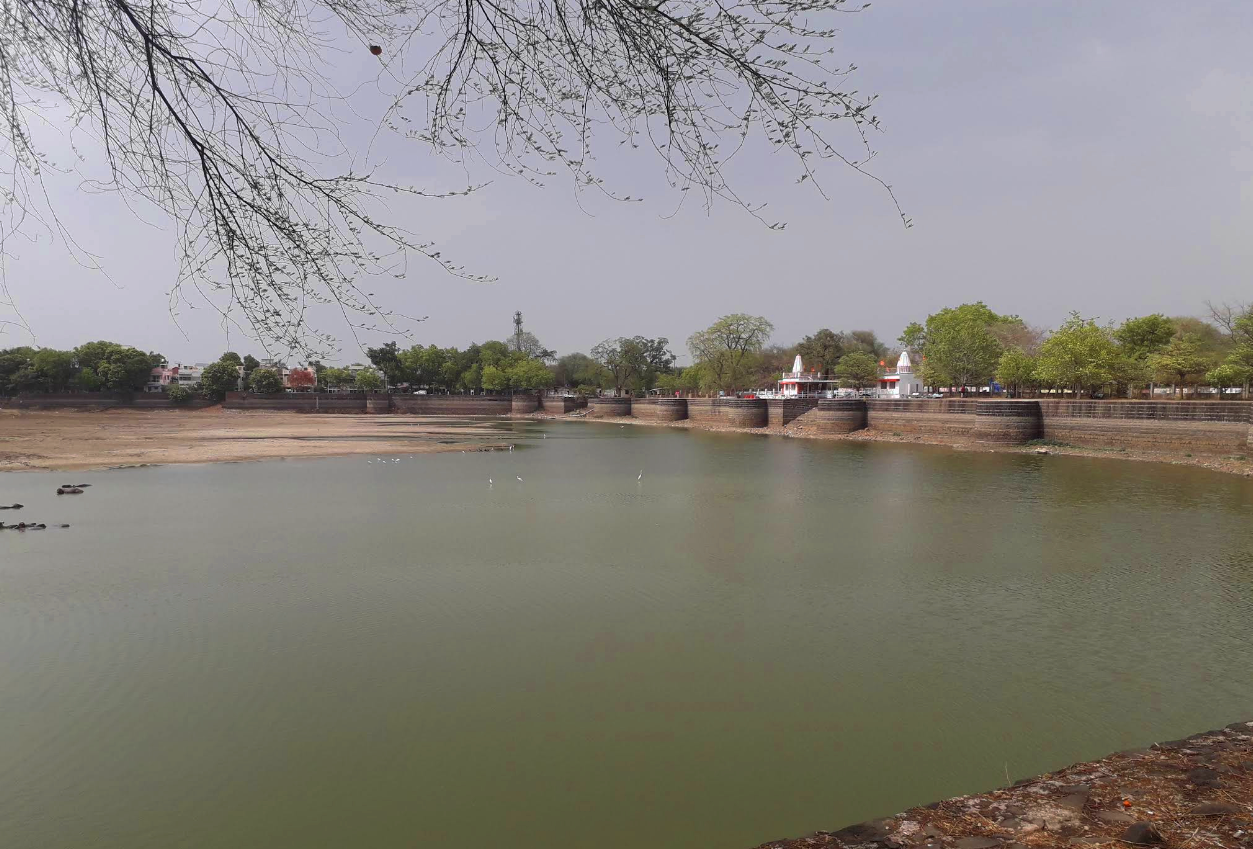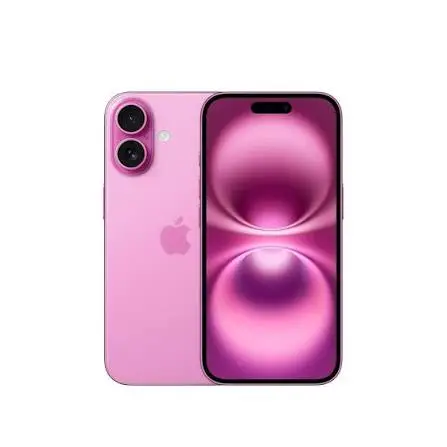In a world where technology evolves faster than ever, the idea of spying has taken a dramatic turn. Gone are the days when spies relied only on binoculars, long-distance cameras, or undercover disguises. Today, spying has shrunk — literally. Micro-drones, some as tiny as insects, are redefining surveillance, intelligence gathering, and modern warfare.
These ultra-small devices are not just futuristic concepts anymore. They are real, functional, and rapidly becoming a powerful tool for governments, security agencies, and even private industries.
Let’s explore how micro-drones are shaping the future.
🌟 What Exactly Are Micro-Drones?
Micro-drones are extremely small unmanned aerial vehicles (UAVs) designed for stealth, precision, and intelligence gathering. Some are the size of a smartphone, while others are built as tiny as a fly or a bee.
They often come with:
- High-resolution micro-cameras
- Thermal imaging sensors
- Silent propellers
- AI-based navigation
- GPS-free flying modes
- Real-time video transmission
Their tiny size allows them to go unnoticed — a game-changer in surveillance.
🔍 Why Are Micro-Drones the Future of Spying?
1. Incredible Stealth
Unlike regular drones, micro-drones can blend into the environment. Their buzzing sounds mimic insects, making them perfect for covert operations.
2. High-Tech Capabilities
Despite their size, modern micro-drones carry advanced:
- Night vision
- Facial recognition
- Motion tracking
- Audio recording systems
They can infiltrate buildings where traditional cameras fail.
3. Minimal Detection Risk
Radar systems often fail to detect objects this small. This gives agencies a massive advantage in intelligence missions.
4. Operable in Tight Spaces
Micro-drones can fly through:
- Windows
- Ventilation ducts
- Narrow lanes
- Urban clusters
This allows for surveillance in previously unreachable spaces.
🛰️ Real-World Uses of Micro-Drones
1. Military Intelligence
Armies use micro-drones to:
- Monitor enemy positions
- Scout inside structures
- Support soldiers on missions
- Track movements without exposure
Countries like the USA, Israel, China, and Russia are already using next-gen micro UAVs.
2. Counter-Terrorism
Agencies deploy them to observe suspects silently, reducing the risk of human error and exposure.
3. Urban Surveillance
Cities experimenting with smart policing use micro-drones to monitor:
- Crowded areas
- Sensitive zones
- Public events
4. Rescue Operations
Micro-drones help locate missing persons in collapsed buildings or disaster zones where humans can’t enter.
5. Wildlife & Environmental Monitoring
Tiny drones can observe animals without disturbing their habitat — perfect for scientific research.
🐝 The Rise of Insect-Inspired Drones
Researchers have developed micro-drones modeled after:
- Bees
- Flies
- Dragonflies
- Beetles
These bio-inspired drones can:
- Hover like insects
- Self-stabilize in wind
- Land on walls
- Disguise as real bugs
Some versions even use artificial muscles instead of propellers!
⚠️ The Big Concerns: Privacy & Ethics
As powerful as micro-drones are, they raise serious concerns:
1. Privacy Violations
Tiny drones can record without consent or awareness. This can easily be misused by:
- Private individuals
- Unethical companies
- Criminals
2. Security Threats
Hackers could use micro-drones to:
- Spy on homes
- Steal sensitive data
- Record confidential meetings
3. Regulating the Invisible
Government regulations struggle to keep up because micro-drones are nearly impossible to detect or track.
🚀 What the Future Holds
The next decade will see micro-drones becoming:
- Smaller
- Smarter
- Fully autonomous
- AI-driven
- Swarm-capable (hundreds operating together)
Imagine a swarm of tiny drones entering a building, scanning every room, and sending a complete 3D map back within seconds. This is not science fiction — prototypes already exist.
Future micro-drones might also include:
- Self-charging from sunlight
- Shape-shifting bodies
- Full insect mimicry
- Silent wing flapping
- Advanced cloaking materials
The future of spying will rely less on humans and more on machines you can barely see.
Conclusion: A New Era of Invisible Surveillance
Micro-drones represent a revolutionary leap in spying and intelligence technology. While they offer unmatched benefits in security, defense, and rescue operations, they also open the door to serious privacy challenges. As these devices become smaller and smarter, society must balance innovation with responsible regulation.





